Home>Interior Design>How To Maintain An Iron Cast Pan, According To Experts
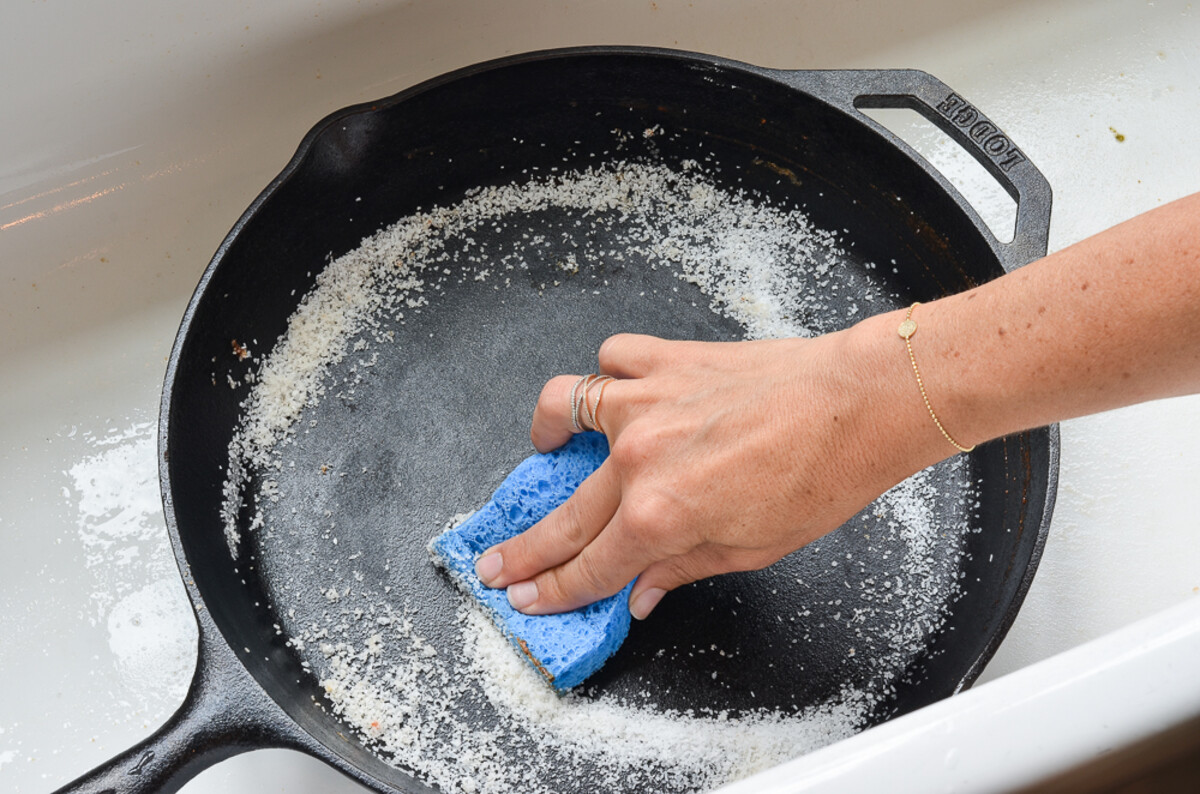

Interior Design
How To Maintain An Iron Cast Pan, According To Experts
Modified: January 21, 2024
Learn expert tips on maintaining an iron cast pan for optimal cooking performance. Discover the secrets to proper care and upkeep from experienced interior design professionals.
(Many of the links in this article redirect to a specific reviewed product. Your purchase of these products through affiliate links helps to generate commission for Storables.com, at no extra cost. Learn more)
Introduction
Welcome to the wonderful world of iron cast pans! These versatile and durable cooking tools have been a staple in kitchens for centuries. Not only do they have excellent heat retention and even distribution, but with proper care, they can last a lifetime.
However, maintaining an iron cast pan does require some special attention. From seasoning to cleaning, there are specific steps you need to follow to keep your pan performing at its best. In this article, we will provide you with expert tips on how to maintain your iron cast pan effectively.
Before we dive into the details, let’s talk about what seasoning means in relation to iron cast pans. Seasoning is a process that creates a protective layer of polymerized oil on the surface of the pan, creating a natural non-stick coating. This enhances the flavor of your food and prevents it from sticking to the pan.
Now, let’s get started with the first step in maintaining your iron cast pan: seasoning.
Key Takeaways:
- Maintain your iron cast pan by seasoning, cleaning, and preventing rust. Follow expert tips to ensure longevity and exceptional cooking experiences.
- Avoid common mistakes like harsh detergents and extreme temperature changes to keep your iron cast pan in pristine condition. Embrace the joy of cooking!
Seasoning Your Iron Cast Pan
Properly seasoning your iron cast pan is essential for maintaining its non-stick surface and preventing rust. Here’s how you can do it:
- Start by washing the pan with warm water and mild soap. Use a sponge or non-abrasive brush to remove any dirt or debris.
- Rinse the pan thoroughly to ensure all soap residue is removed. Soap can break down the seasoning layer, so it’s crucial to rinse it off completely.
- Preheat your oven to 375°F (190°C).
- Using a clean cloth or paper towel, apply a thin layer of vegetable oil or flaxseed oil to the entire surface of the pan, including the handle. Make sure to coat both the interior and exterior.
- Place the pan upside down on the oven rack to catch any excess oil drips. Position a baking sheet on the lower rack to catch any drips.
- Bake the pan for one hour. This process, called polymerization, bonds the oil to the pan’s surface, creating a smooth and non-stick coating.
- After an hour, turn off the oven and allow the pan to cool inside the oven. This gradual cooling process helps to prevent any warping or cracking of the pan.
- Once the pan is completely cool, remove it from the oven and wipe off any excess oil with a paper towel.
It’s important to note that seasoning is an ongoing process. The more you use your iron cast pan, the more seasoned it becomes. Over time, your pan will develop a beautiful patina that adds depth of flavor to your dishes and enhances its non-stick properties.
Now that you know how to season your pan, let’s move on to the next step: cleaning and care.
Cleaning and Care
Proper cleaning and care are crucial for maintaining the longevity and performance of your iron cast pan. Follow these tips to keep it in pristine condition:
- After each use, allow the pan to cool down completely before cleaning.
- Avoid using soap or harsh detergents, as they can strip away the seasoning. Instead, use a stiff brush or non-abrasive sponge and hot water to scrub off any food particles.
- If there are stubborn food residues stuck to the pan, you can use kosher salt or a paste made from baking soda and water as a gentle abrasive. Scrub the pan in circular motions until the residue is removed.
- Rinse the pan thoroughly and dry it immediately with a clean towel. Moisture is the enemy of iron cast pans, as it can lead to rusting.
- For tough, stuck-on food, you can fill the pan with water and heat it on the stovetop. Bring the water to a boil and use a wooden spatula or scraper to loosen the residue. Once loosened, follow the regular cleaning steps mentioned above.
- Avoid soaking your pan in water or leaving it to air dry. This will prevent water from seeping into the pores of the iron and causing rust.
- Apply a thin layer of oil to the pan after each use. This helps to maintain the seasoning and prevent rusting. You can use a paper towel or cloth to evenly distribute the oil.
- Store your pan in a dry and well-ventilated area to prevent moisture buildup. If you stack your pans, place a paper towel or cloth between them to absorb any excess moisture.
By following these cleaning and care tips, you can ensure that your iron cast pan stays in excellent condition and continues to provide you with exceptional cooking experiences.
Now, let’s move on to the next topic: removing stubborn stains.
Removing Stubborn Stains
Even with proper care, you may encounter stubborn stains on your iron cast pan. Don’t worry, though, because there are effective techniques to remove them:
- If you have a stain caused by burnt-on food or oil residue, you can try using steel wool or a cast iron chainmail scrubber. Gently scrub the affected area in circular motions until the stain is lifted. Be sure to re-season the pan afterward to restore its non-stick surface.
- For tougher stains, you can create a paste using equal parts baking soda and water. Apply the paste to the stain and let it sit for a few minutes. Then, scrub the area with a sponge or brush until the stain is gone. Rinse the pan thoroughly and re-season if necessary.
- If there are rust stains on your iron cast pan, you can use a mixture of equal parts white vinegar and water. Pour the solution onto the rusted area and let it sit for a few hours or overnight. Scrub off the rust with a scrub brush or steel wool, then rinse and dry the pan thoroughly. Remember to re-season the pan to restore its protective coating.
- For stubborn stains that won’t budge, you can resort to a technique called “flaxseed oil re-seasoning.” Apply a thin layer of flaxseed oil to the stained area and heat the pan in a preheated oven at 400°F (205°C) for one hour. This process can help to remove difficult stains and restore the pan’s seasoning.
Remember, prevention is key to avoiding stubborn stains on your iron cast pan. Regularly seasoning it, avoiding high-heat cooking and acidic foods, and promptly cleaning and drying the pan after each use can help minimize the likelihood of stains occurring.
Now that you know how to remove stubborn stains, let’s move on to the next topic: preventing rust.
After each use, clean your iron cast pan with hot water and a stiff brush. Dry it thoroughly and rub a thin layer of oil on the surface to prevent rust.
Preventing Rust
Rust can quickly become the enemy of your beloved iron cast pan. To keep it rust-free, follow these preventive measures:
- Always dry your pan immediately after washing it. Use a clean towel or paper towel to ensure no moisture is left on the surface.
- Apply a thin layer of oil to the pan after each use. This creates a protective barrier against moisture, preventing rust from forming.
- Store your iron cast pan in a dry and well-ventilated area. Avoid storing it in a damp or humid environment, as this can promote rust formation.
- If you notice any signs of rust, promptly address it by following the stain removal techniques mentioned earlier. Remember to thoroughly dry and re-season the pan afterward.
- Avoid exposing your iron cast pan to prolonged periods of water or acidic foods. Water and acids can break down the seasoning and make the pan more susceptible to rust.
- When cooking with your pan, avoid using metal utensils that can scratch the surface and potentially expose the iron to moisture. Instead, opt for wooden or silicone utensils.
By following these preventive measures, you can ensure that rust won’t be a problem for your iron cast pan. Remember that prevention is key when it comes to maintaining the longevity and performance of your cookware.
Now that we have covered the preventive measures, let’s go over some common mistakes to avoid in order to properly care for your iron cast pan.
Read more: How To Store A Cast Iron Pan
Common Mistakes to Avoid
To ensure the proper care and maintenance of your iron cast pan, it’s important to avoid these common mistakes:
- Using harsh detergents or abrasive cleaners. These can strip away the seasoning and damage the surface of the pan. Stick to mild soap and non-abrasive scrubbers.
- Soaking your pan in water for extended periods of time. This can lead to rust formation. Clean your pan promptly after use and ensure it is thoroughly dried.
- Subjecting your pan to extreme temperature changes. Rapid heating or cooling can cause the pan to warp or crack. Gradual temperature changes are key.
- Stacking your pans without proper protection. The weight of the pans on top can lead to scratches and damage. Place a paper towel or cloth between stacked pans.
- Using metal utensils with your iron cast pan. Metal utensils can scratch the surface and compromise the seasoning. Opt for wooden or silicone utensils instead.
- Storing your pan while it’s still hot. This can create condensation and lead to moisture buildup, resulting in rust formation. Allow the pan to cool completely before storing.
- Using acidic or highly reactive ingredients without caution. Acidic foods can react with the iron and affect the taste of your food. Be mindful of the ingredients you cook in your pan.
By avoiding these common mistakes, you can ensure that your iron cast pan remains in excellent condition and provides you with many years of enjoyable cooking experiences.
With proper seasoning, cleaning, and maintenance, your iron cast pan will become a valuable tool in your kitchen arsenal. Remember to follow the expert tips outlined in this article and infuse your personal touch to create delicious dishes that will keep you coming back for more.
Now that you have a wealth of knowledge about maintaining an iron cast pan, it’s time to put it into practice and enjoy the benefits of this timeless cooking tool.
Conclusion
Congratulations! You have now learned the essentials of maintaining an iron cast pan like a true expert. By following the tips and techniques outlined in this article, you can ensure that your pan stays in excellent condition, providing you with years of reliable and enjoyable cooking experiences.
Remember, seasoning your iron cast pan is the foundation of its performance. Regularly season your pan to create a protective non-stick coating and deepen the flavor of your dishes. Clean and care for your pan diligently, using mild soap, non-abrasive scrubbers, and thorough drying to keep it in pristine condition and prevent rust formation.
If you encounter stubborn stains, don’t panic! There are effective methods, such as using steel wool, baking soda paste, or vinegar solutions, to remove them and restore your pan’s beauty. By diligently following preventive measures, like applying oil after each use and storing your pan in a dry, well-ventilated area, you can keep rust at bay.
Avoid common mistakes, such as using harsh detergents, subjecting your pan to extreme temperatures, using metal utensils, and storing a hot pan, to ensure the longevity and performance of your iron cast pan. By doing so, you’ll become a pro at maintaining and caring for this versatile cooking tool.
So, embrace the joy of cooking with your well-maintained iron cast pan. Let your culinary creativity soar as you whip up delicious meals that will impress your family and friends. With proper seasoning, cleaning, and care, your iron cast pan will continue to serve you faithfully for years to come.
Happy cooking!
Frequently Asked Questions about How To Maintain An Iron Cast Pan, According To Experts
Was this page helpful?
At Storables.com, we guarantee accurate and reliable information. Our content, validated by Expert Board Contributors, is crafted following stringent Editorial Policies. We're committed to providing you with well-researched, expert-backed insights for all your informational needs.
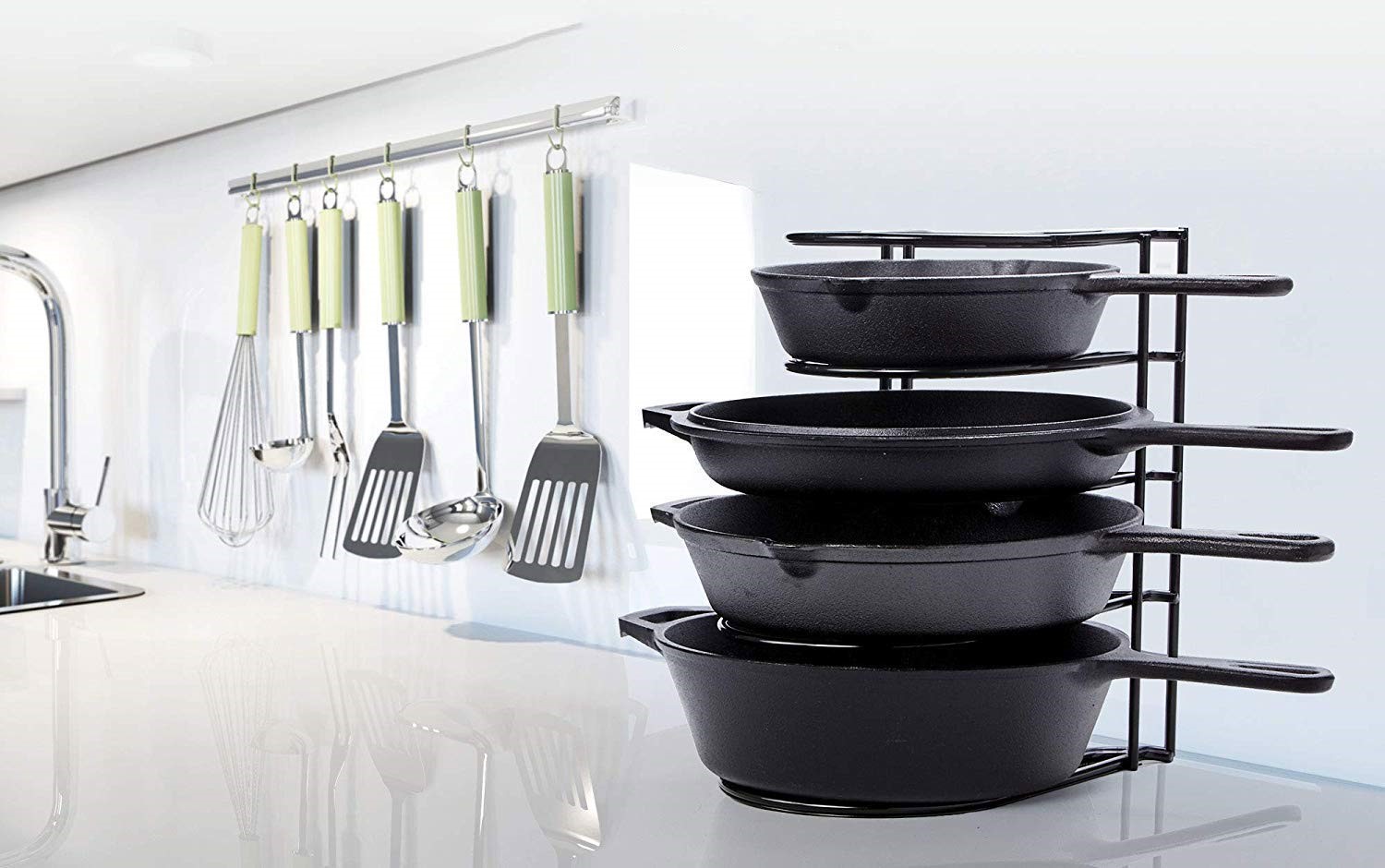
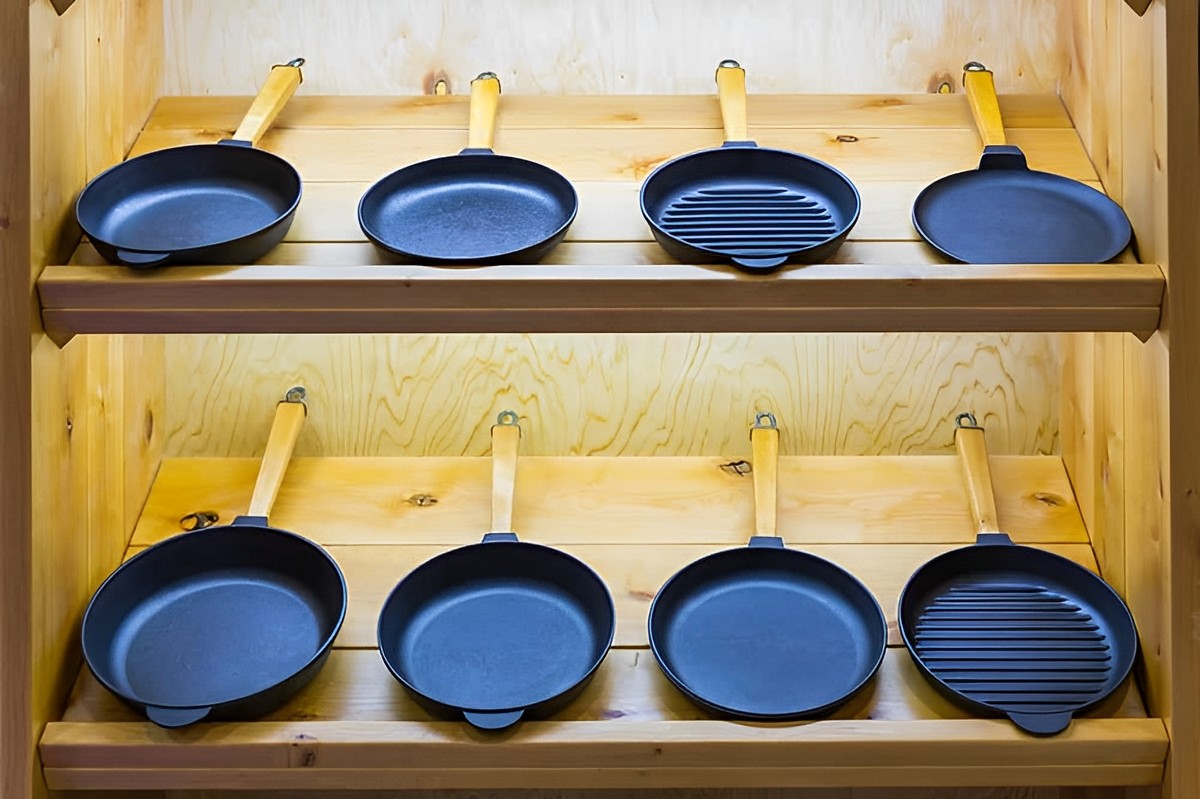
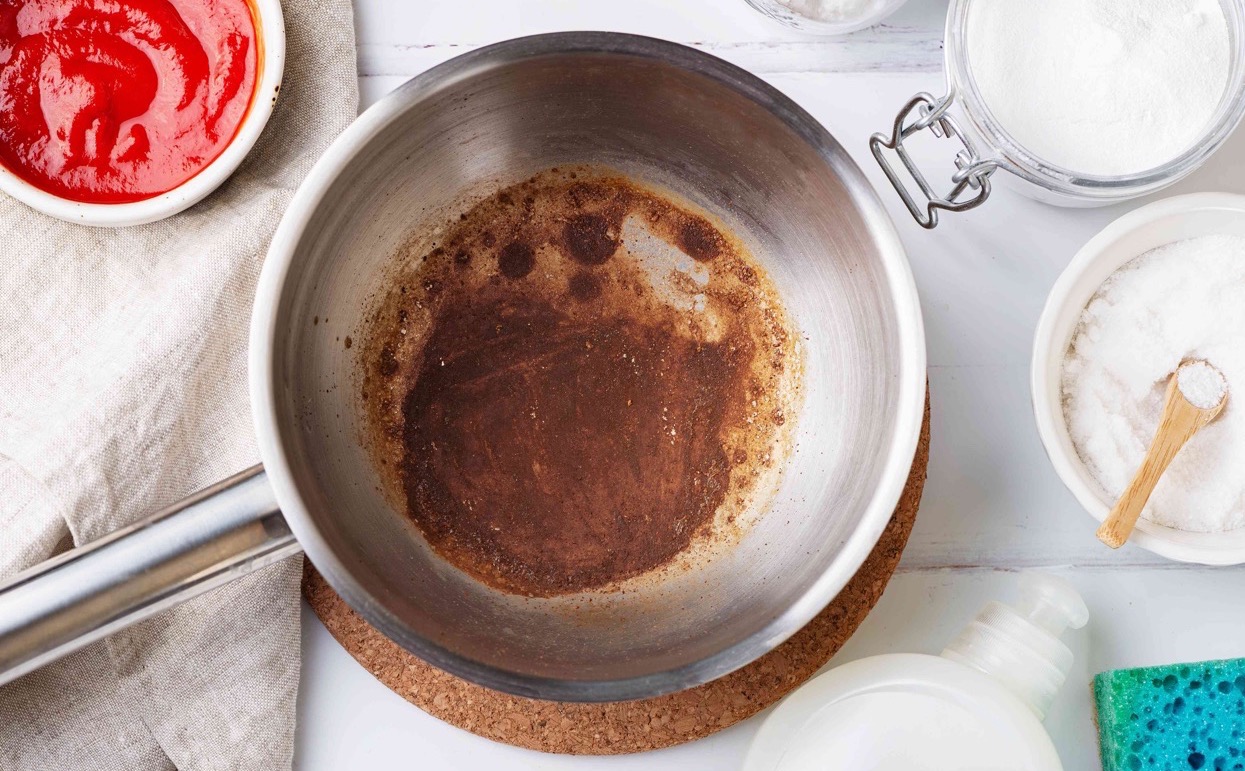
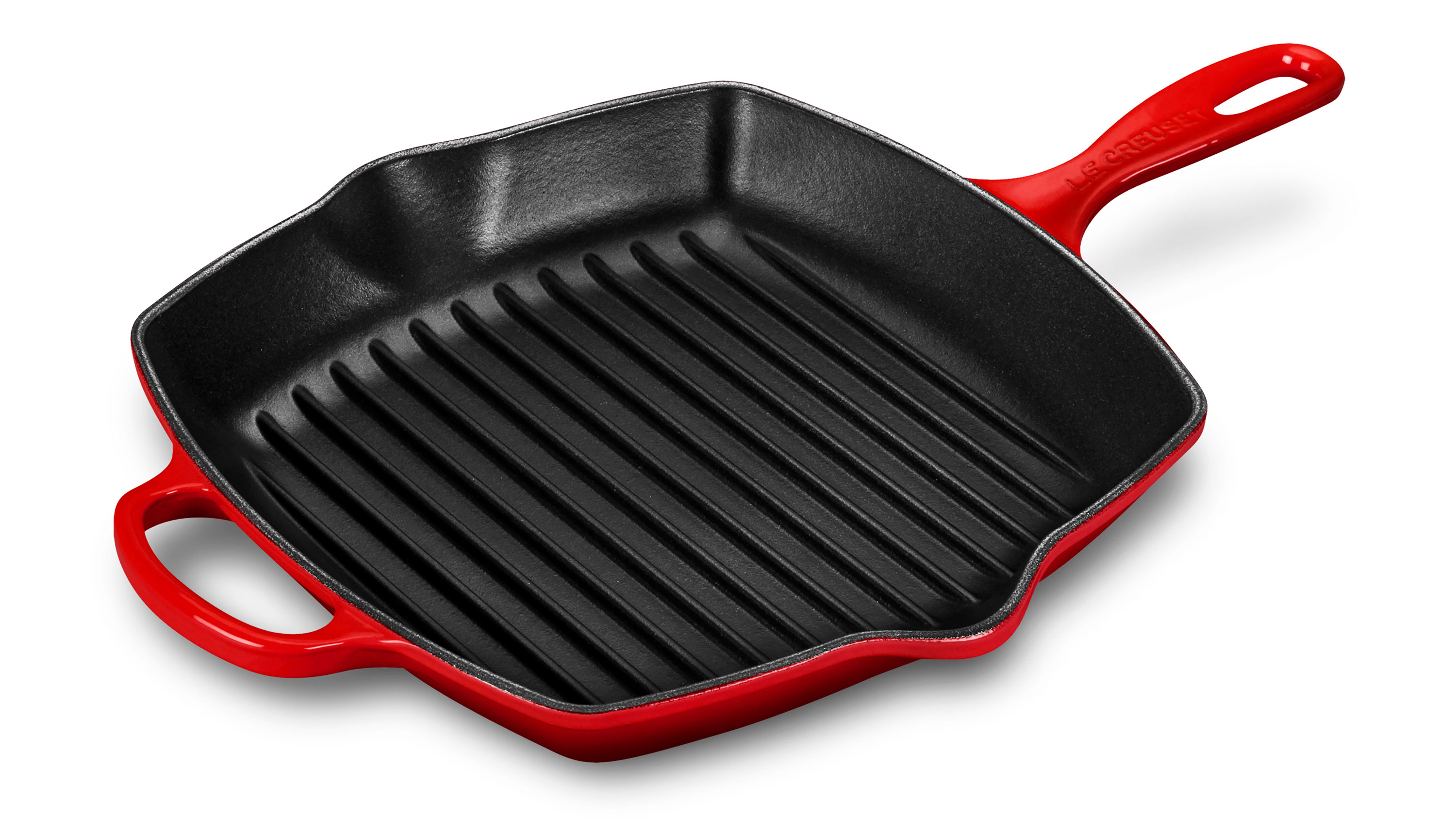
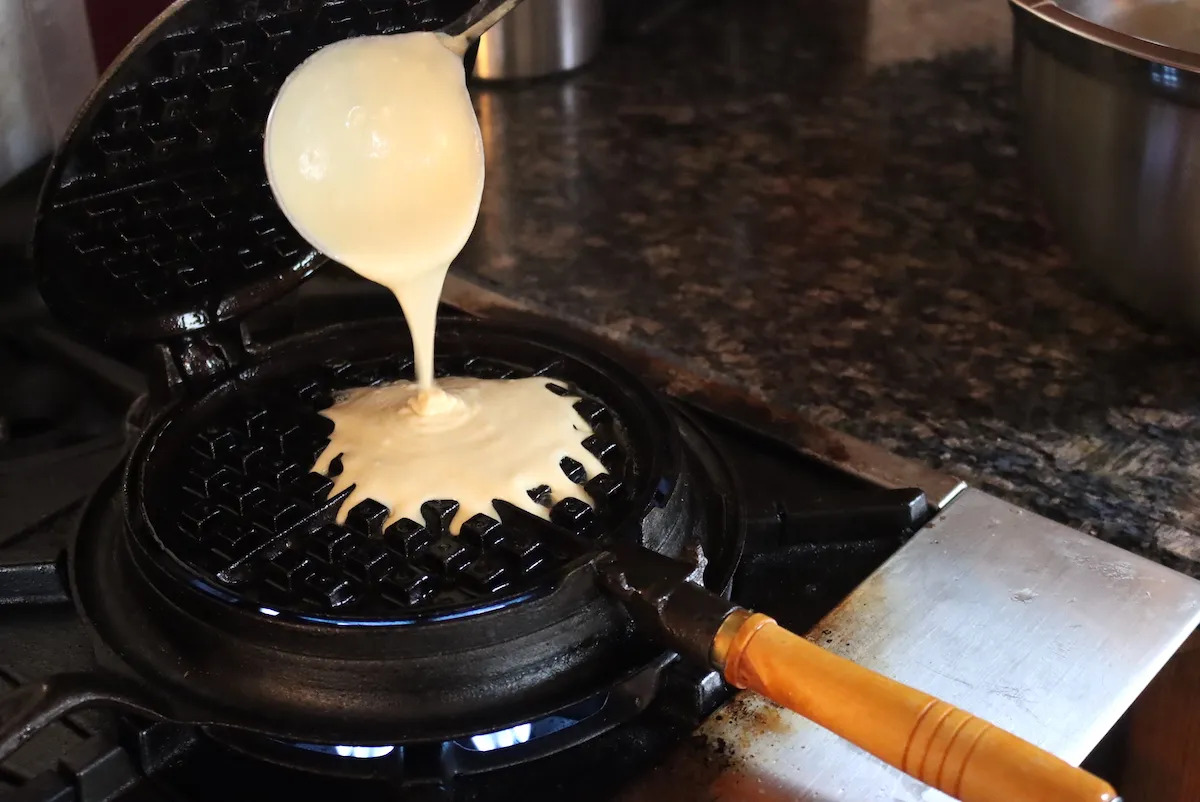
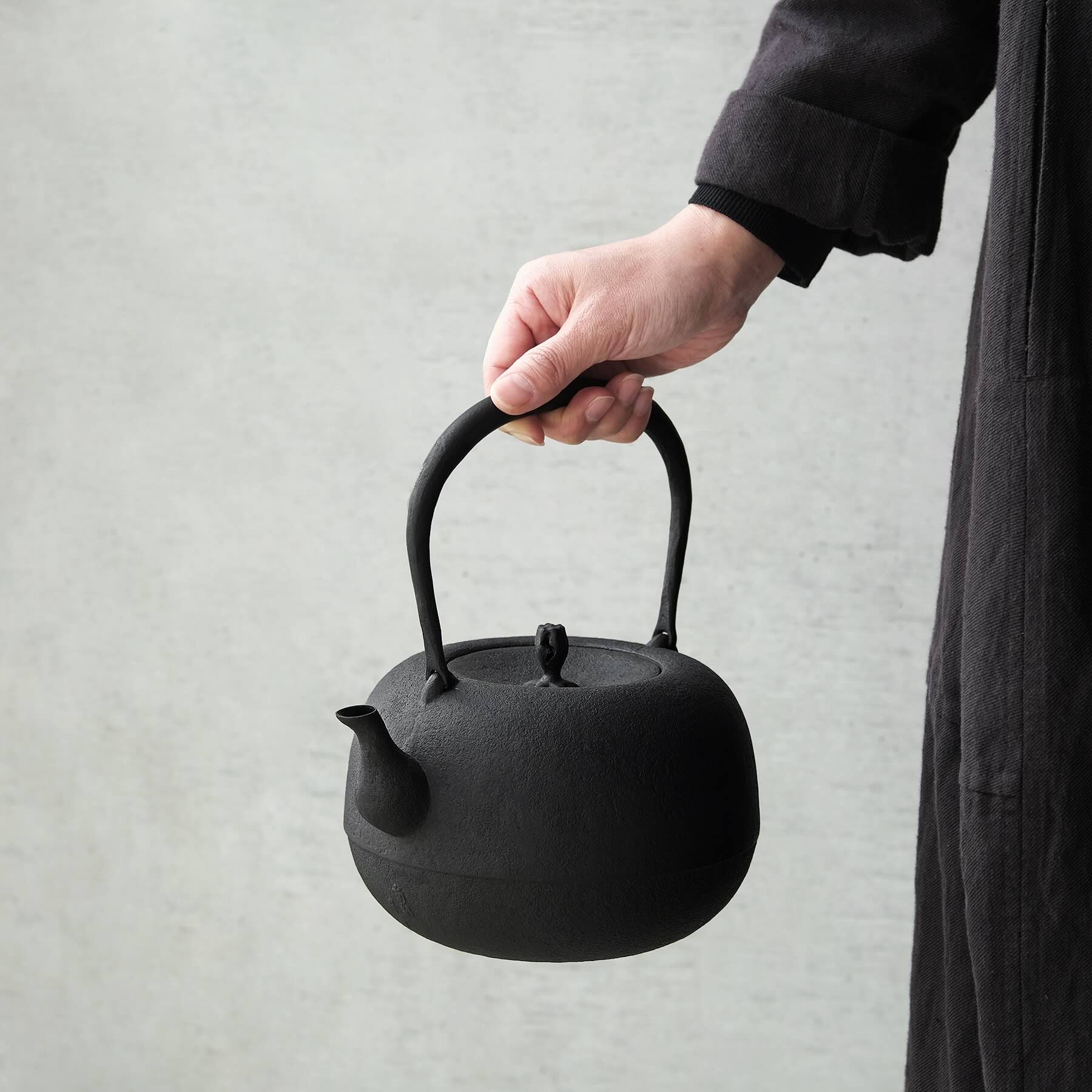
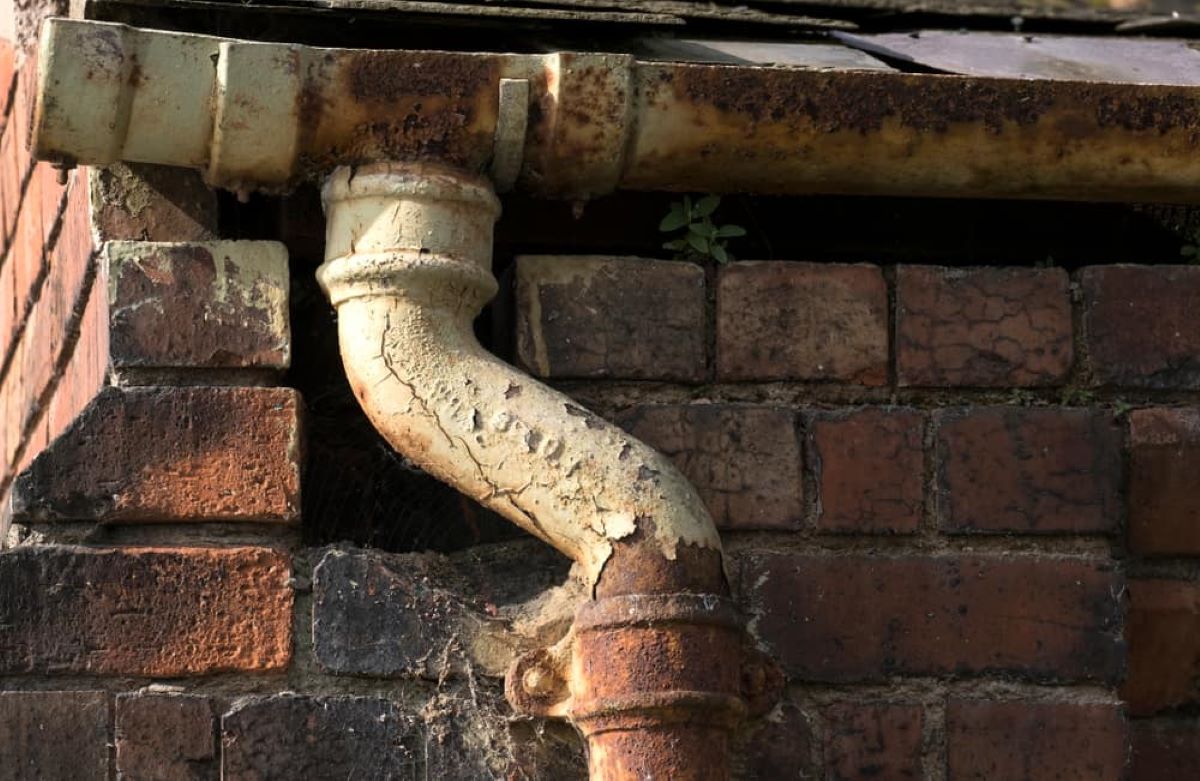
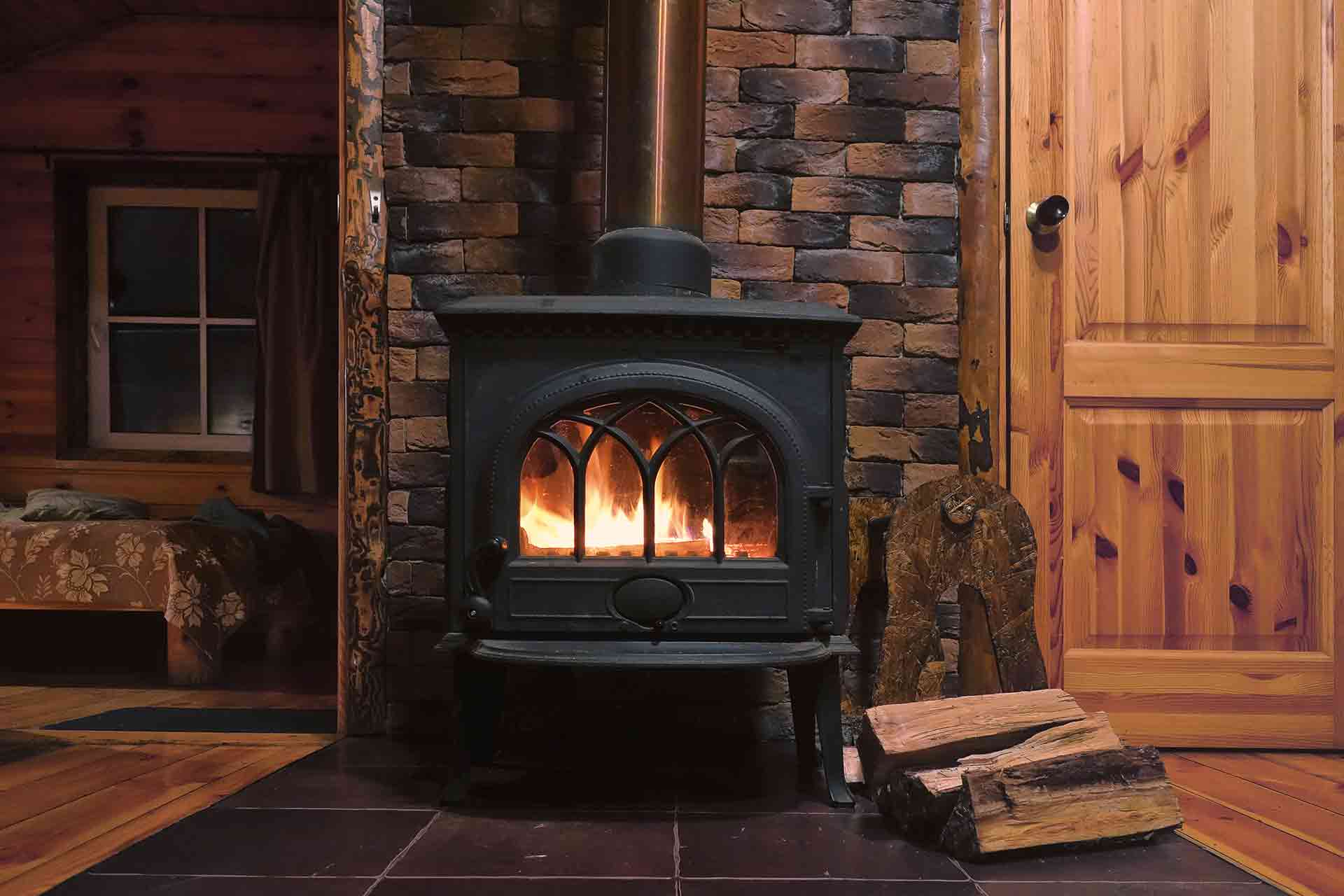
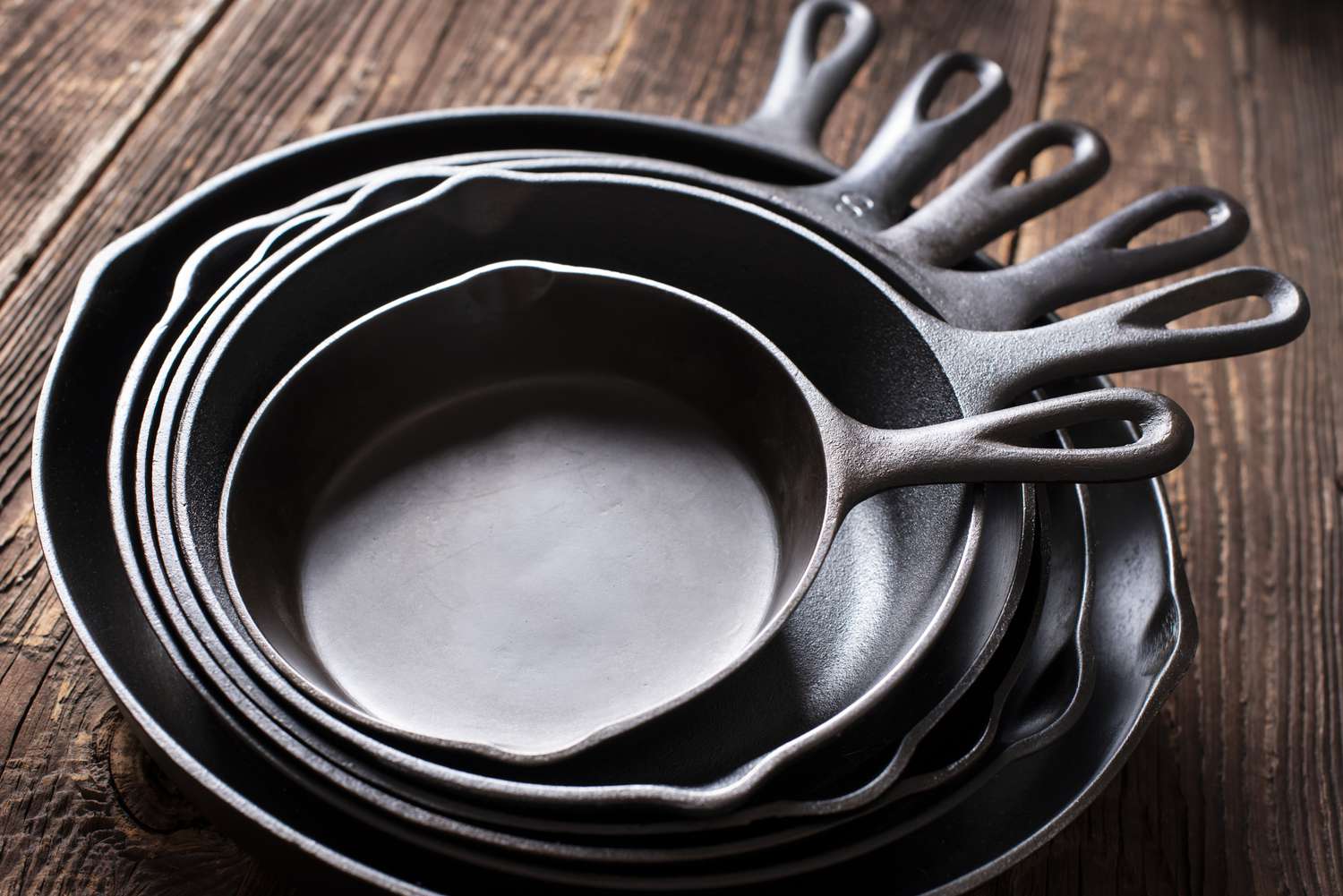
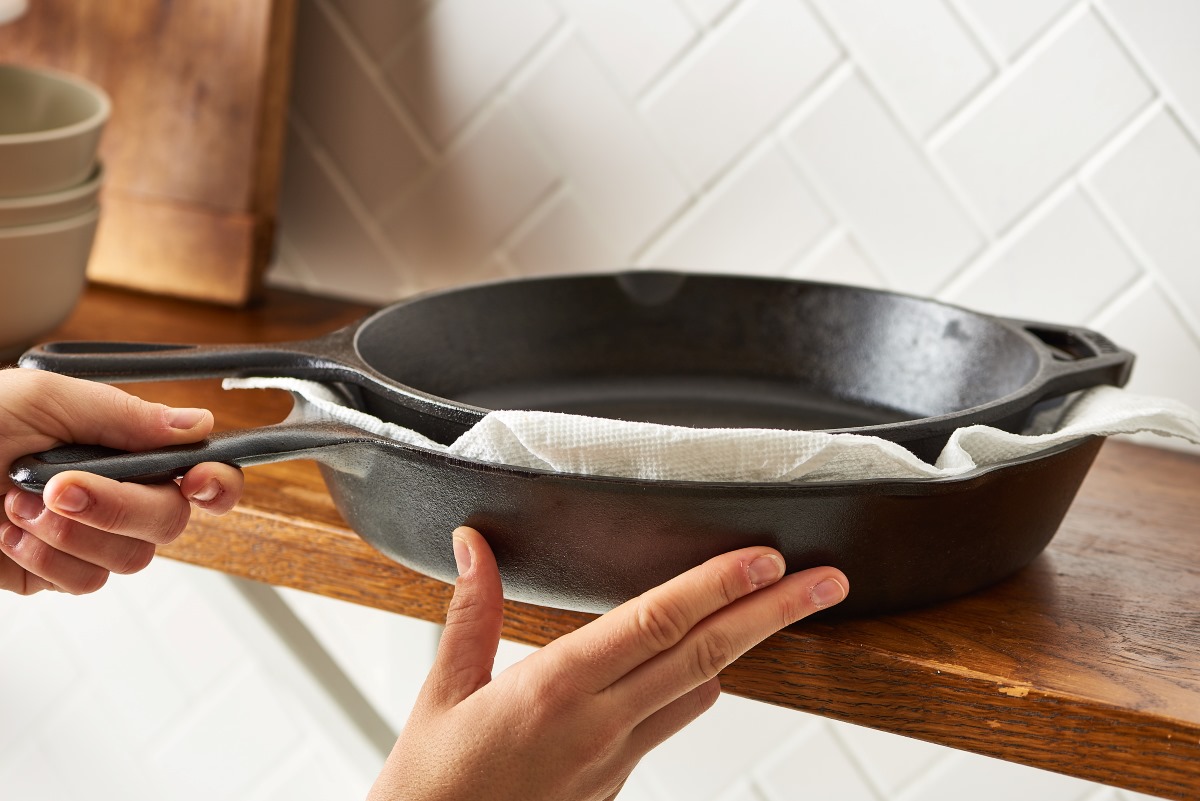
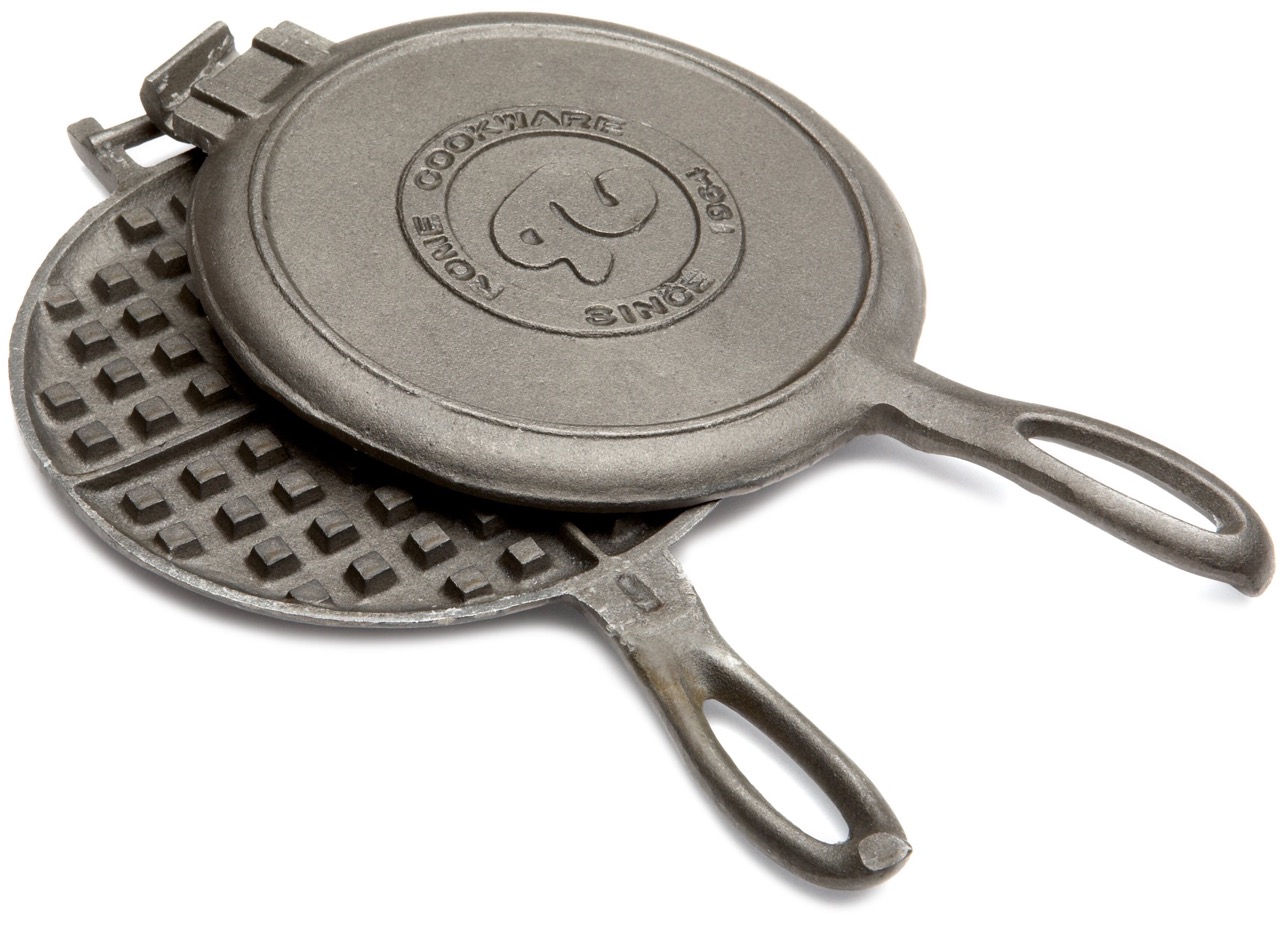
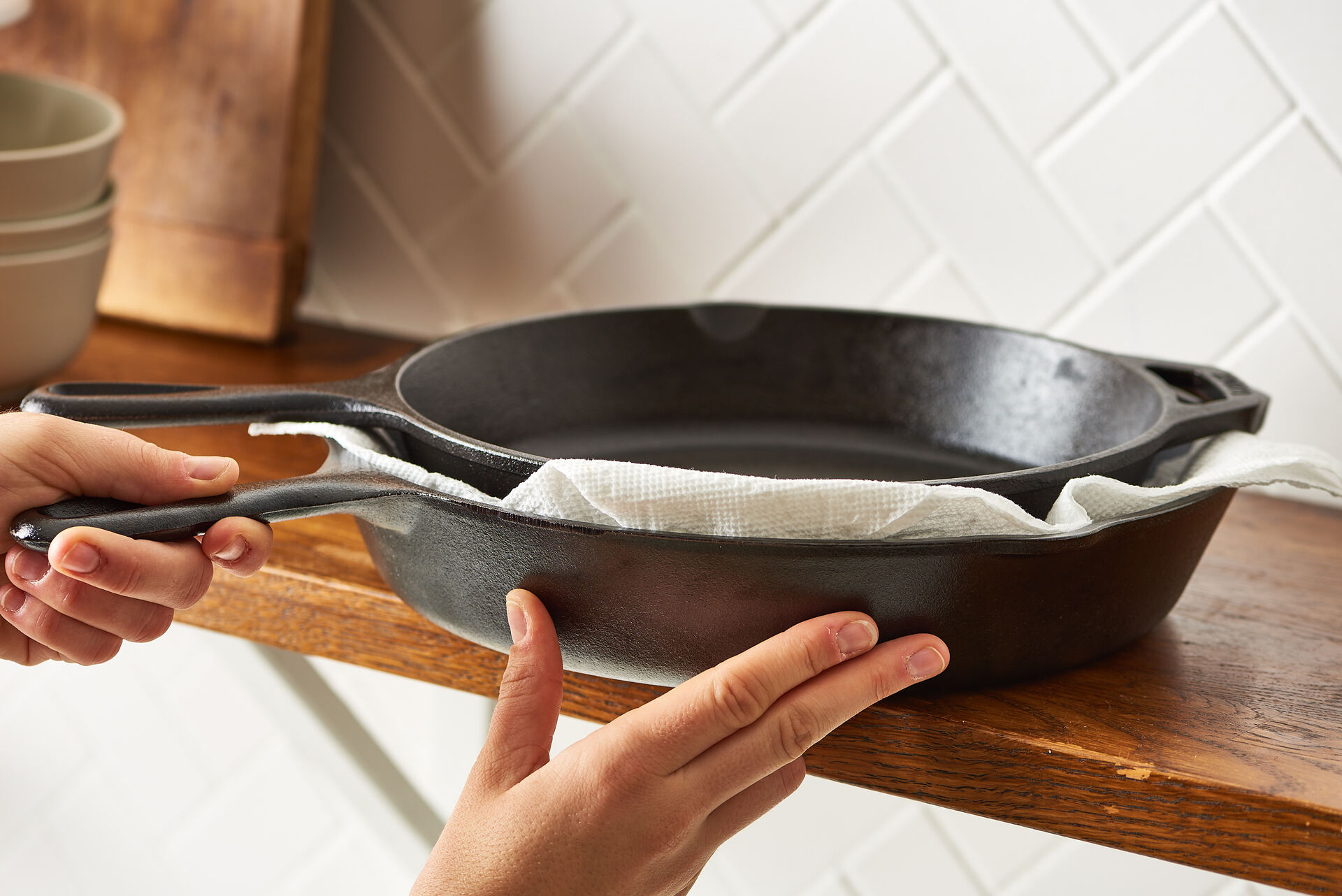
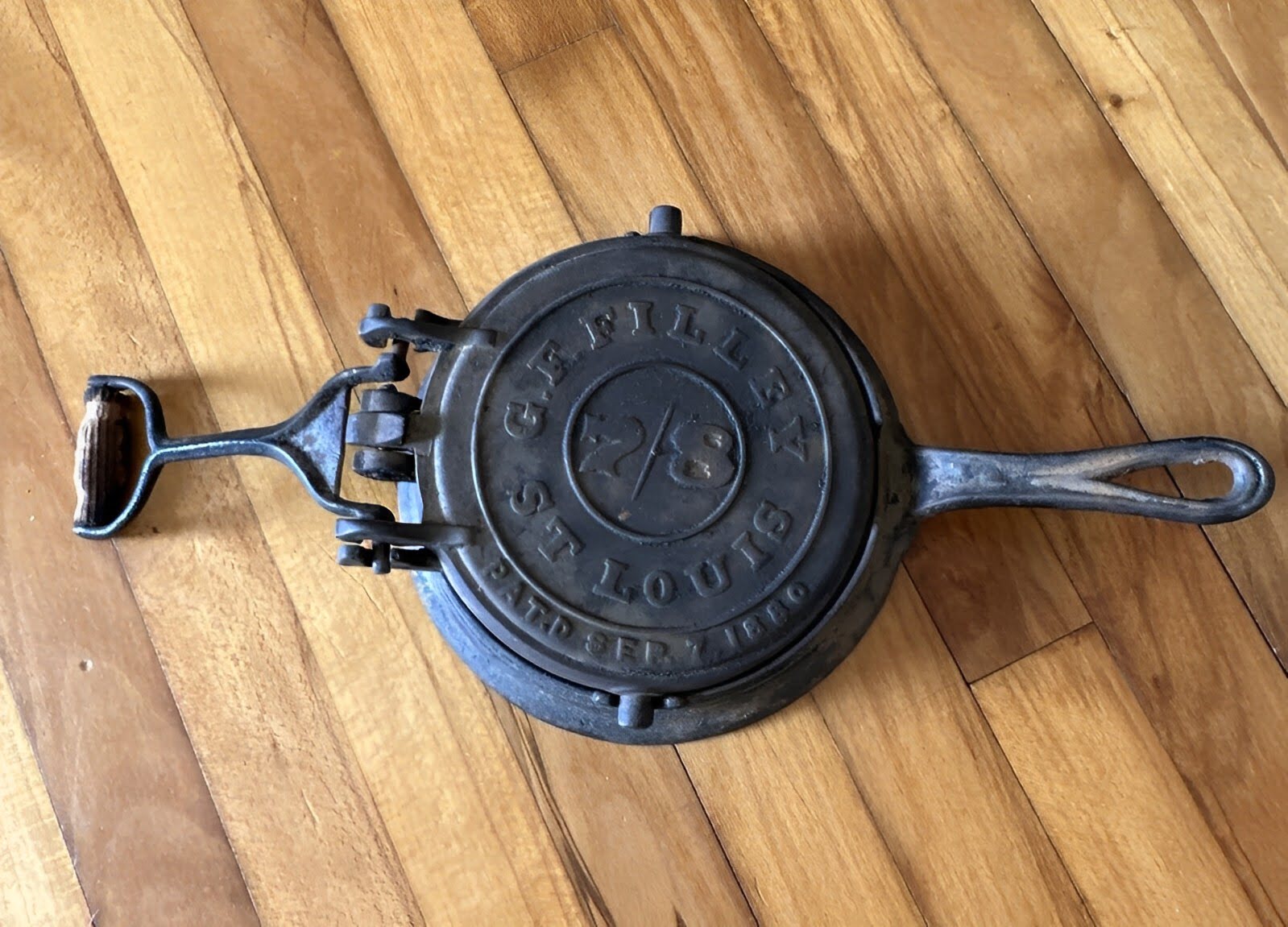
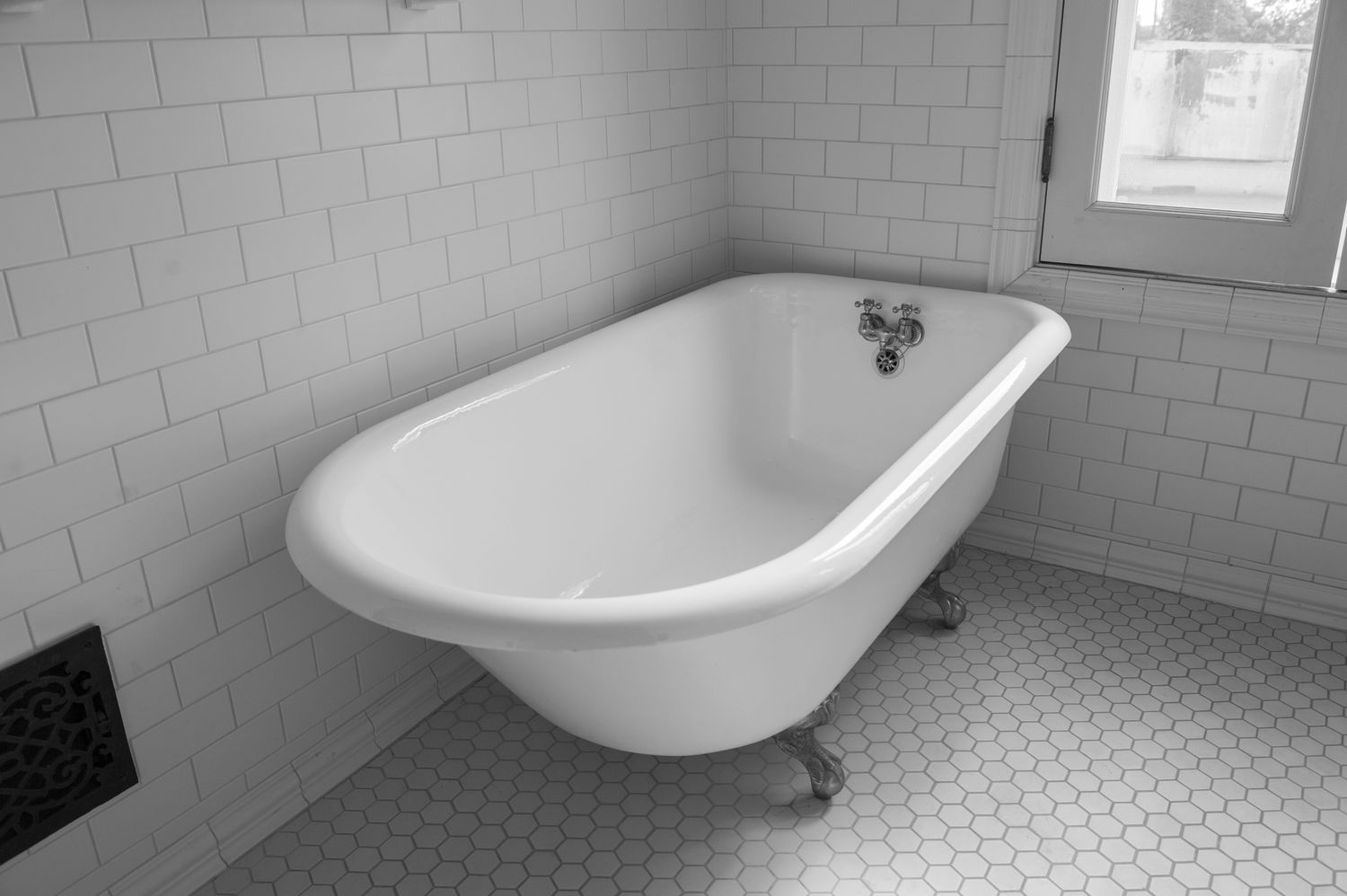

0 thoughts on “How To Maintain An Iron Cast Pan, According To Experts”